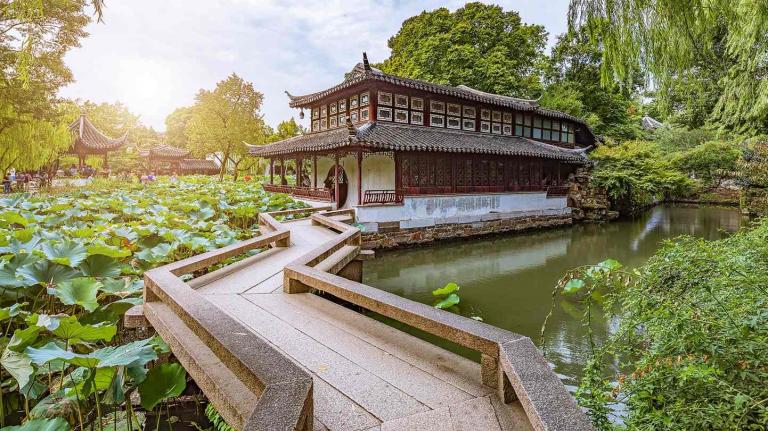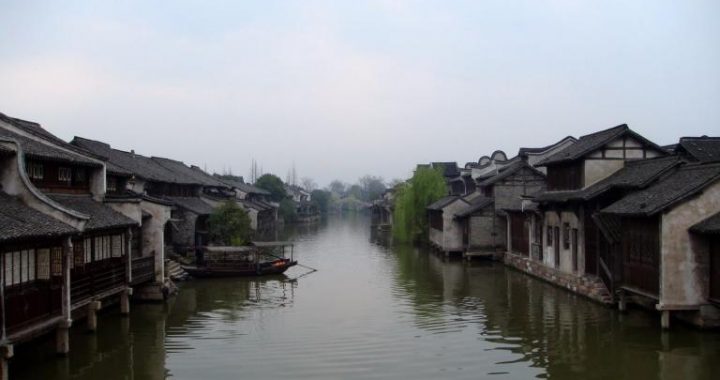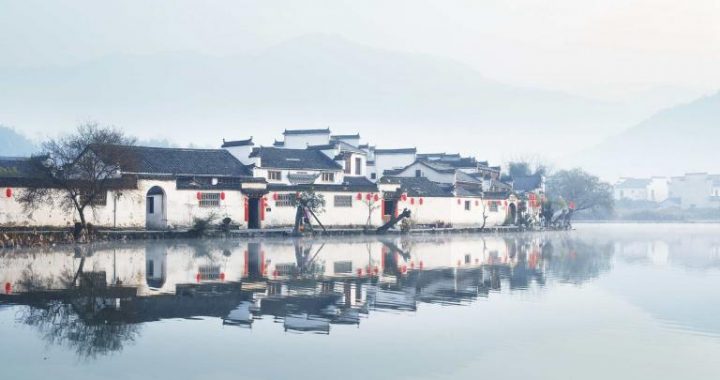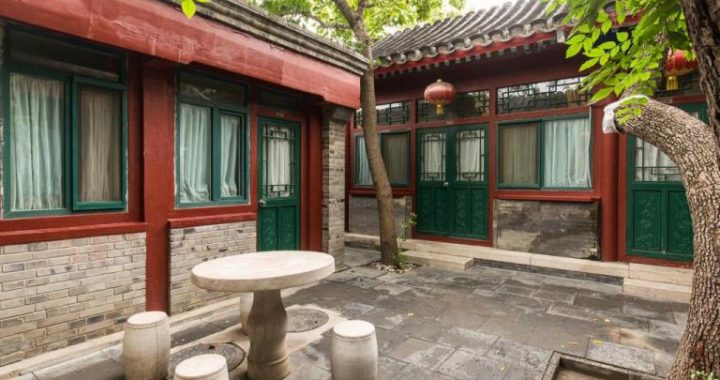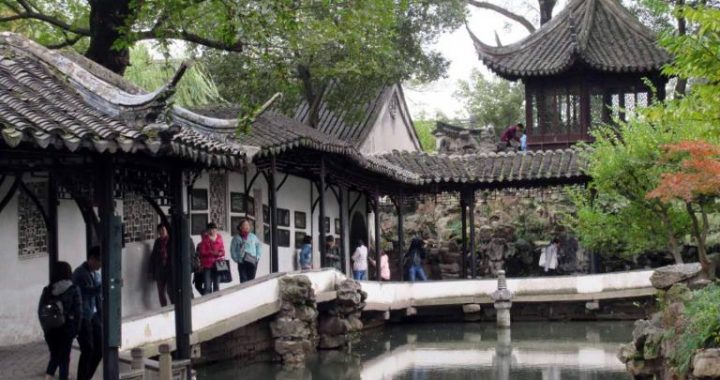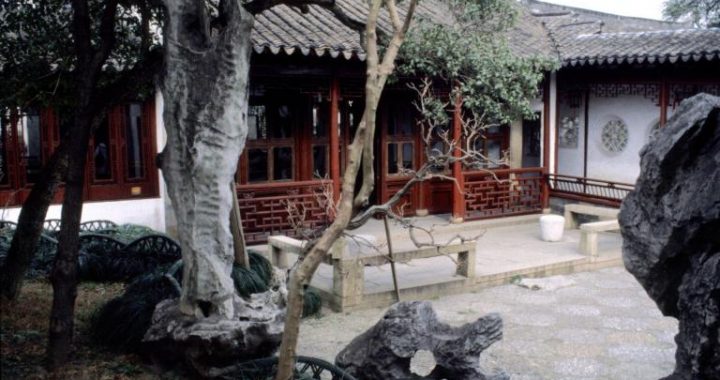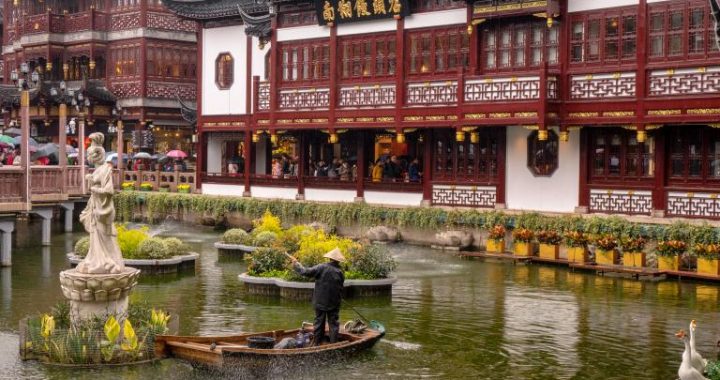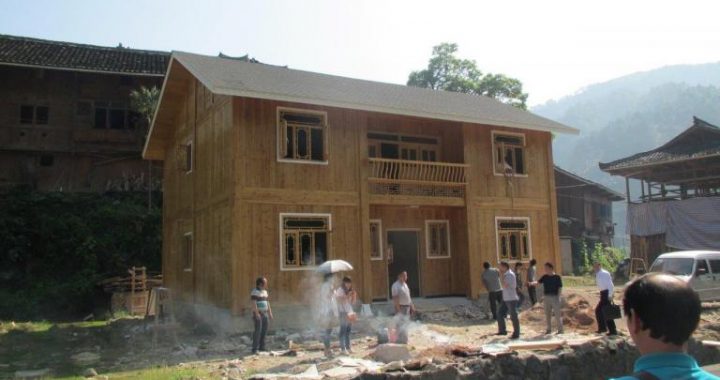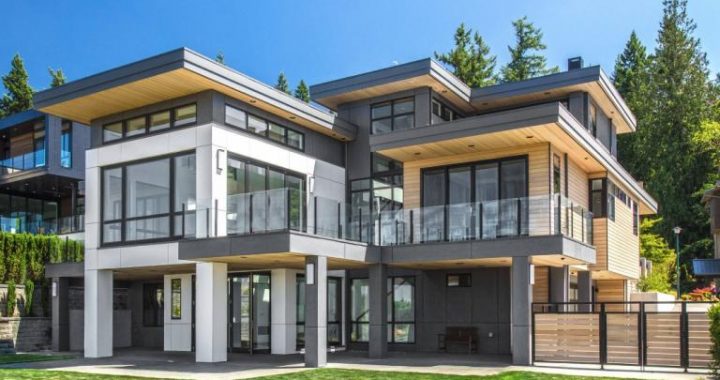Summer Palace-Last Imperial Garden
2 min readThe Summer Palace is another representative of the Qing Dynasty’s imperial gardens.Occupying 290 hectares of land,this large landscape garden is the last Chinese imperial garden and the most completely preserved example among existing ancient gardens in China.
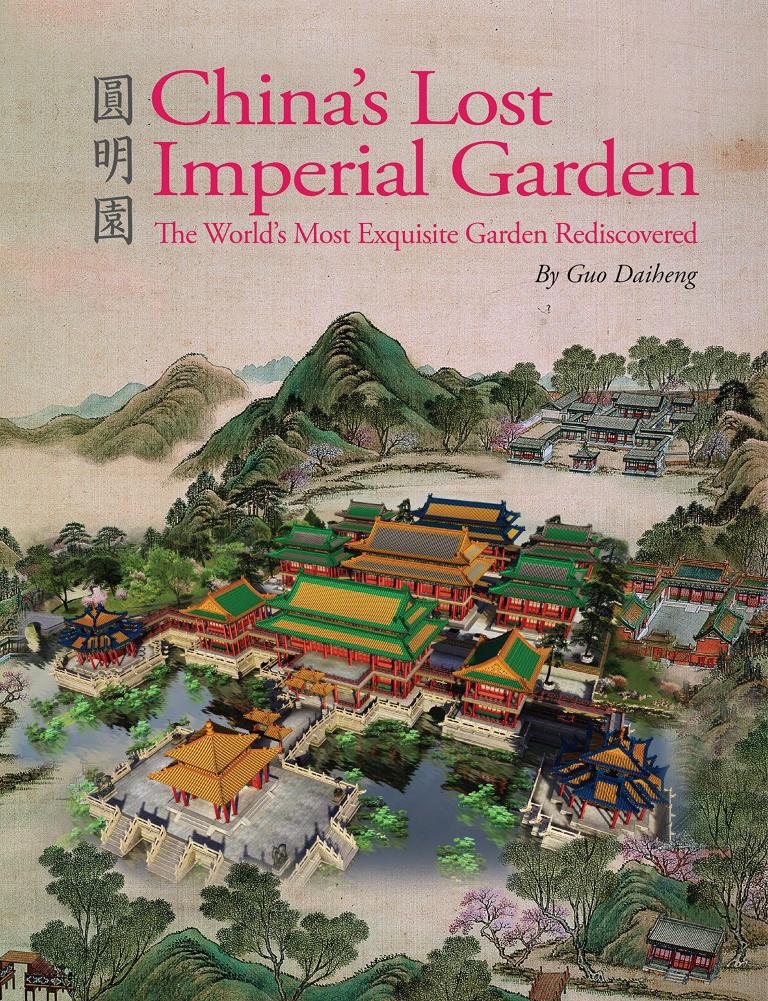
The Summer Palace was built around the Kunming Lake formed by spring water from the western hills.Its overall planning was based on the West Lake in Hangzhou and was deeply influenced by gardens south of the Yangtze River.The South Lake Island,the Zaojian Hall and the Zhijing Pavilion on the Kunming Lake comply with the traditional “one pond and three hills”layout of imperial gardens. The Summer Palace is the last imperial garden and the only existing one based on this layout.
Building Buddhist temples, Taoist temples and ancestral temples in gardens is one of imperial gardens’ distinctive characteristics, and Buddhist temples take up the majority of them. Emperor Qianlong built the Qingyi Garden (the predecessor of the Summer Palace) as a birthday present for the empress dowager. Therefore, the main architectural complex in the garden is the Temple of Gratitude for Longevity in front of the middle of the Longevity Hill for celebrating the empress dowager’s birthday. This group of buildings consisting of the Hall of the Heavenly King, the Hall of Sakyamuni, the Hall of Many Treasures, the Pavilion of Buddhist Incense, the Realm of Popular Fragrance Archway, the Sea of Wisdom Hall, etc. built along the hill extendsfrom the foot of the hill to the ridge, forming a notable central axis. The magnificent Pavilion of Buddhist Incense located on a high stone platform has become the symbol of the Summer Palace and the center of the picture of the entire garden.
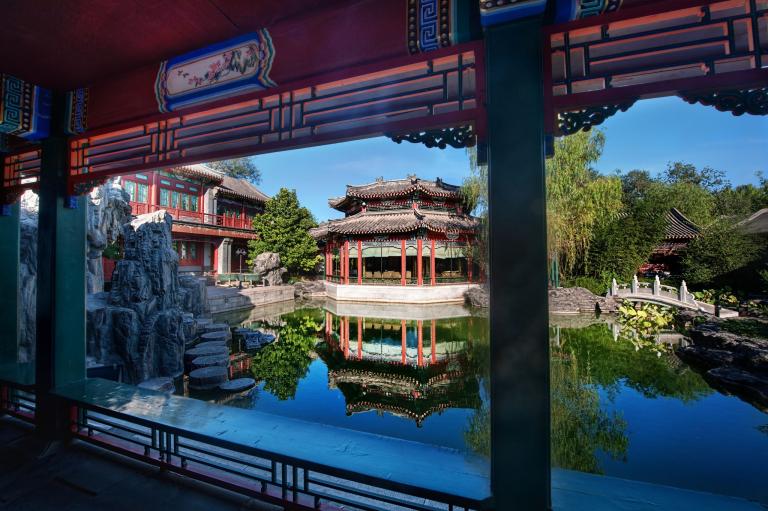
Many beautiful sights of the region south of the Yangtze River are reproduced in the Summer Palace. The garden itself is an imitation of the West Lake. The position and direction of the west dyke of the Kunming Lake are quite similar to those of the Su Dyke, and there are even “six bridges”; the small but picturesque Garden of Harmonious Interest is a garden-in-gardel modelled on the Jichang Garden in Wuxi and the most outstanding example of imitations of gardens south of the Yangtze River in imperial gardens; the backlake area has a market street modelled on riverside street markets in Suzhou, Nanjing, etc, making people feel they have come to a busy street in the watery region south of the Yangtze River. Such folk art of garden building has greatly enriched the contents of imperial gardens and become another important characteristic of imperial gardens.
